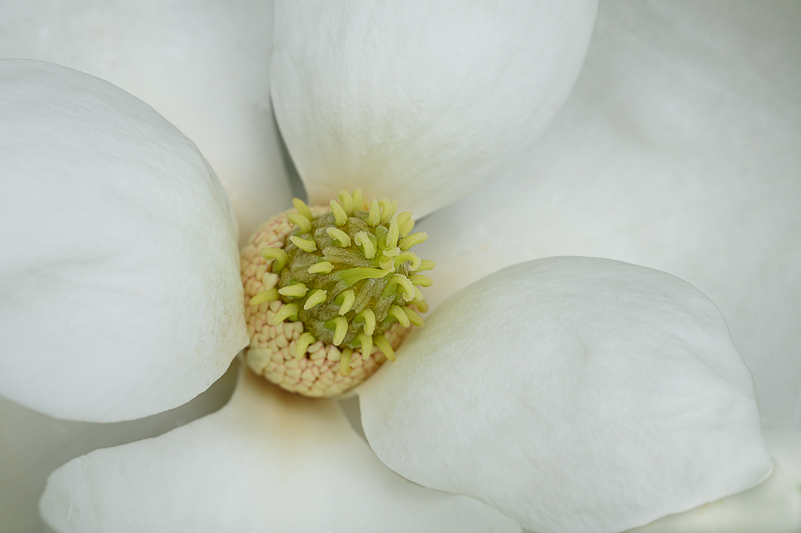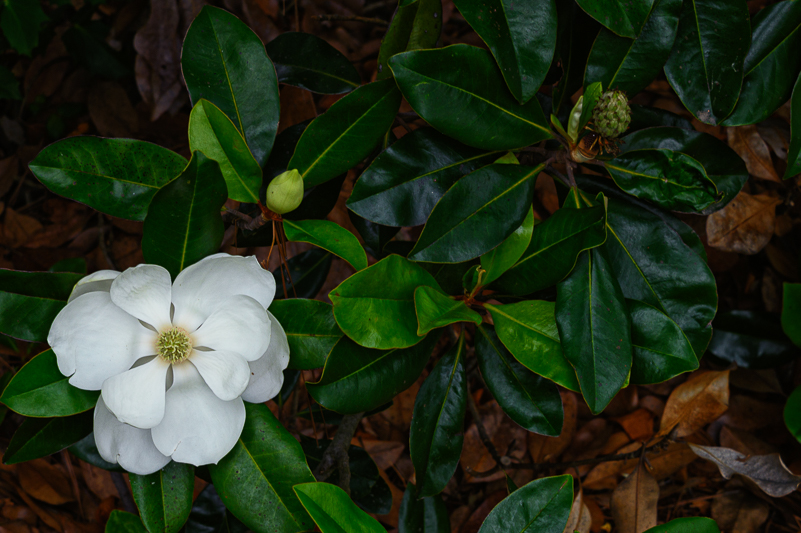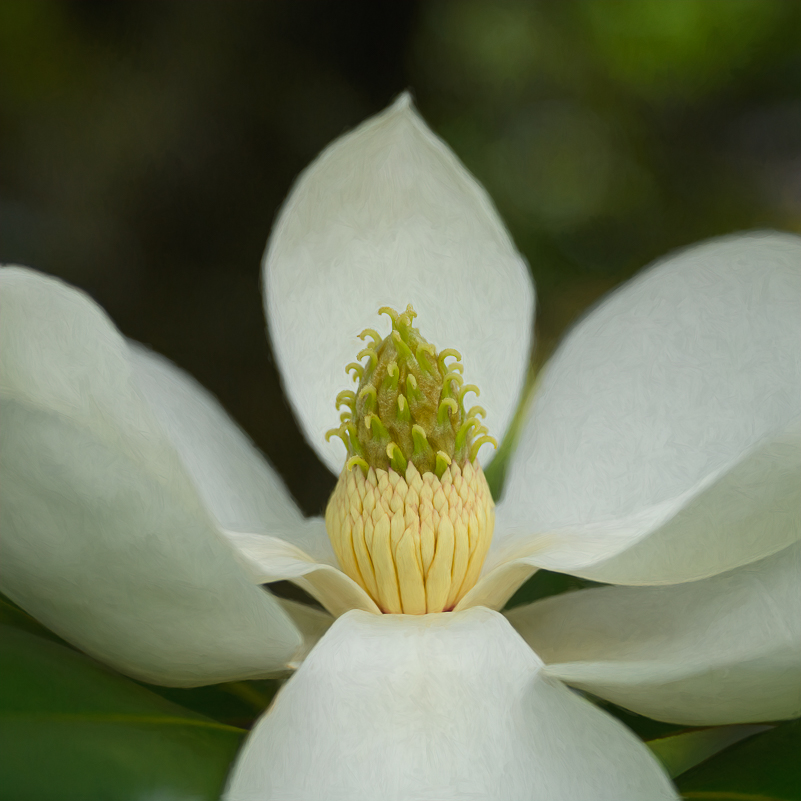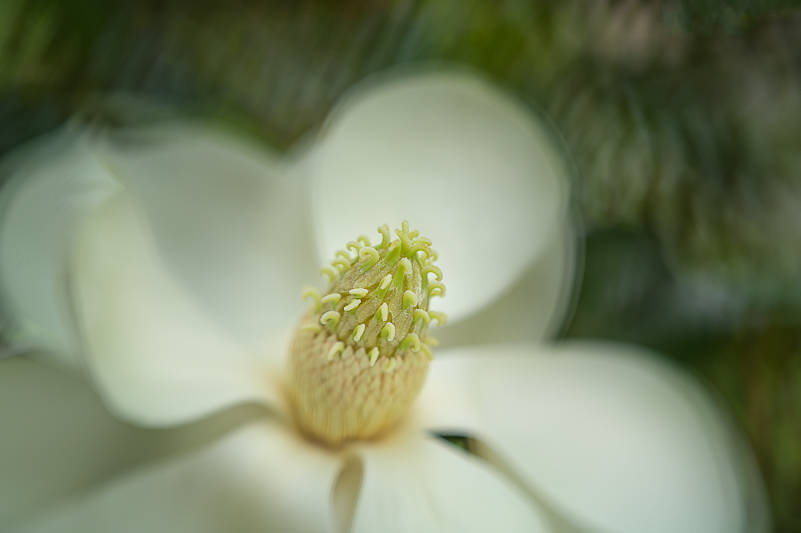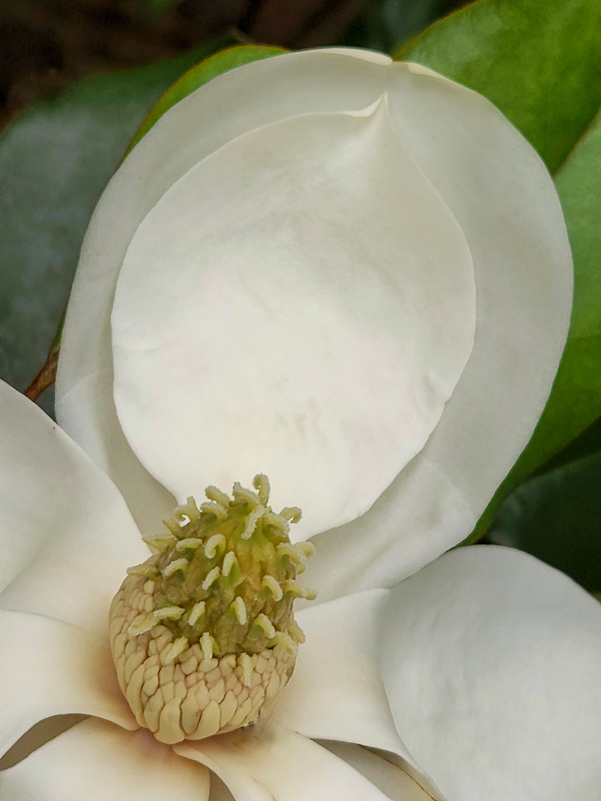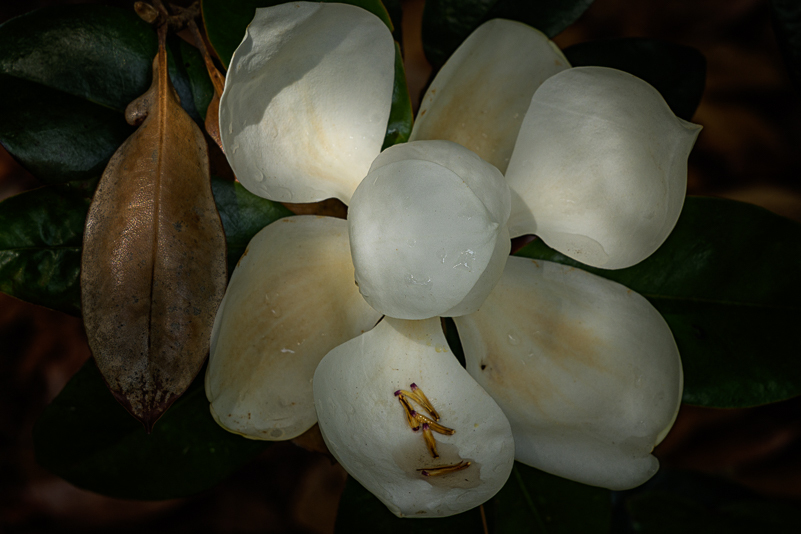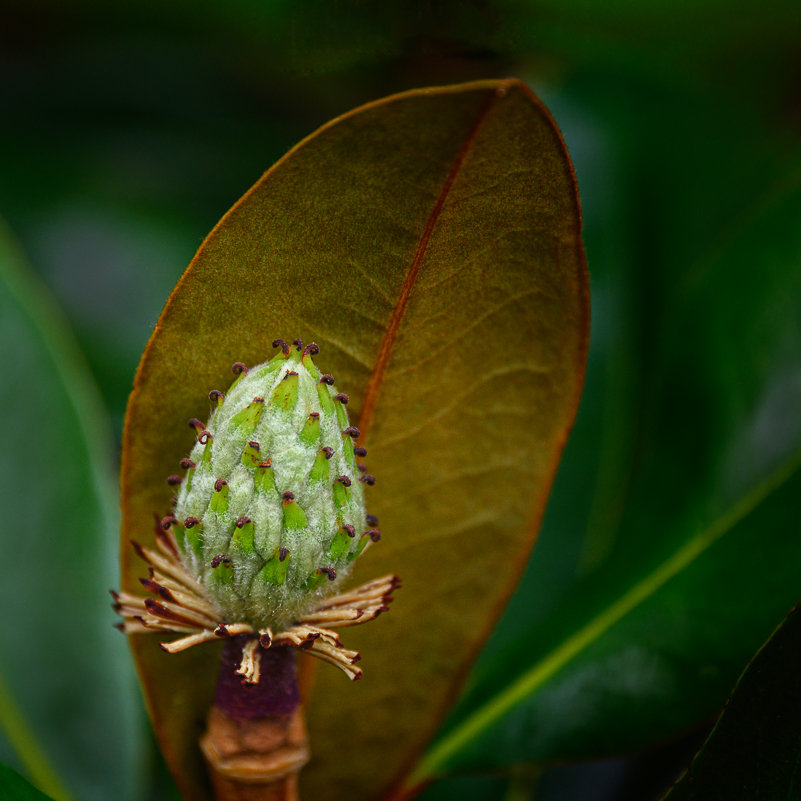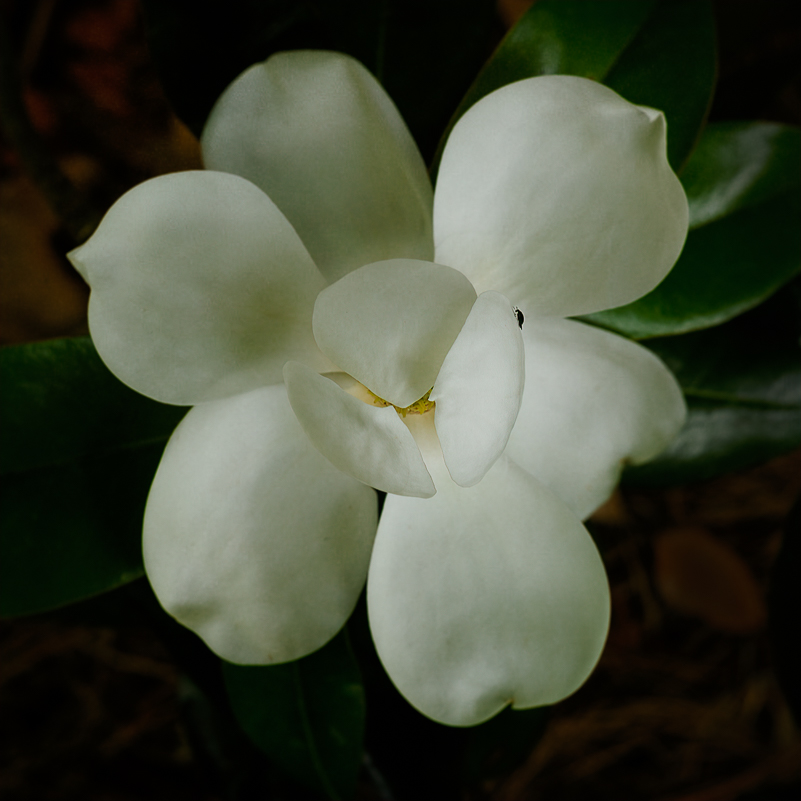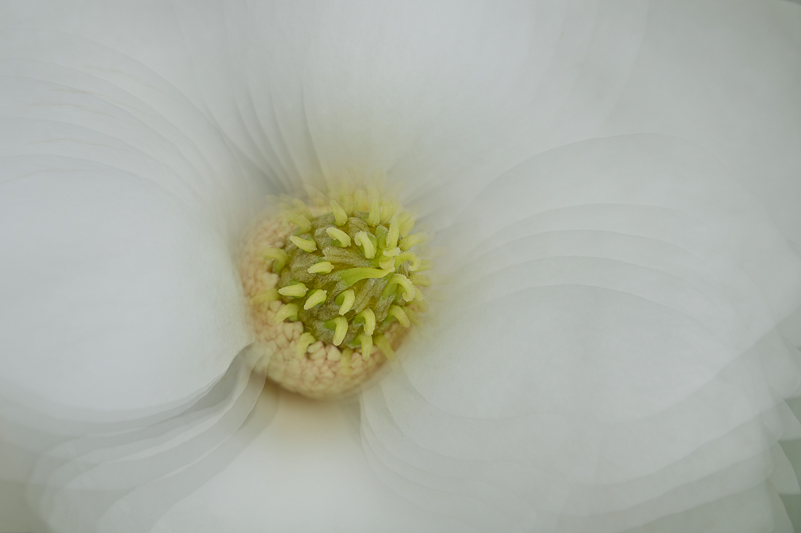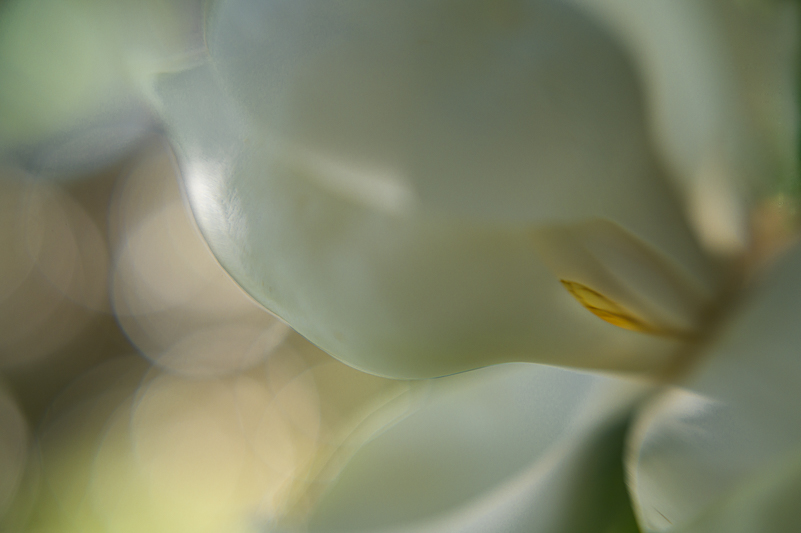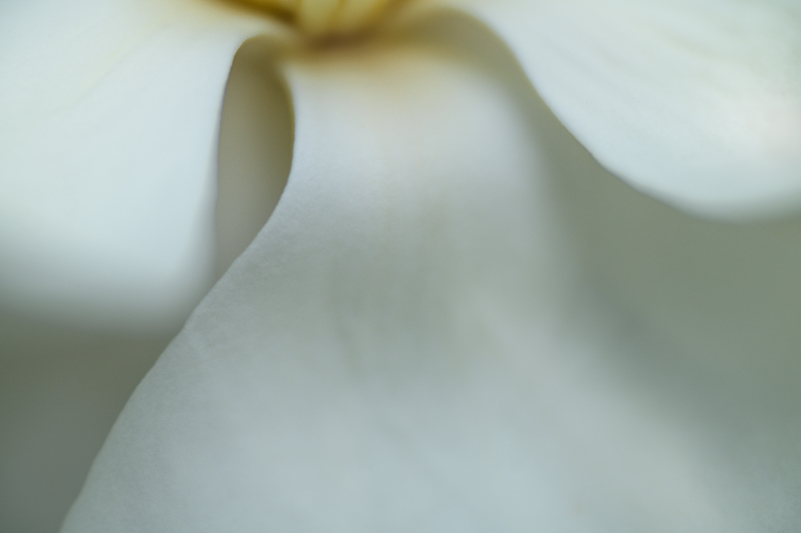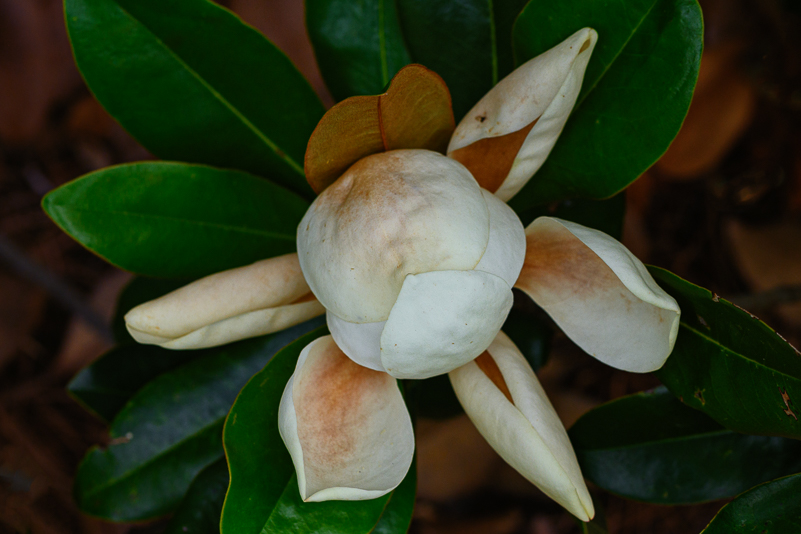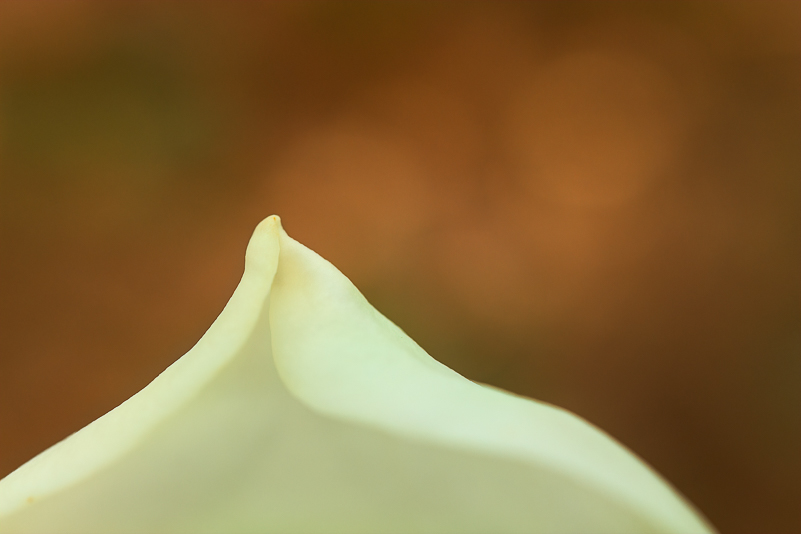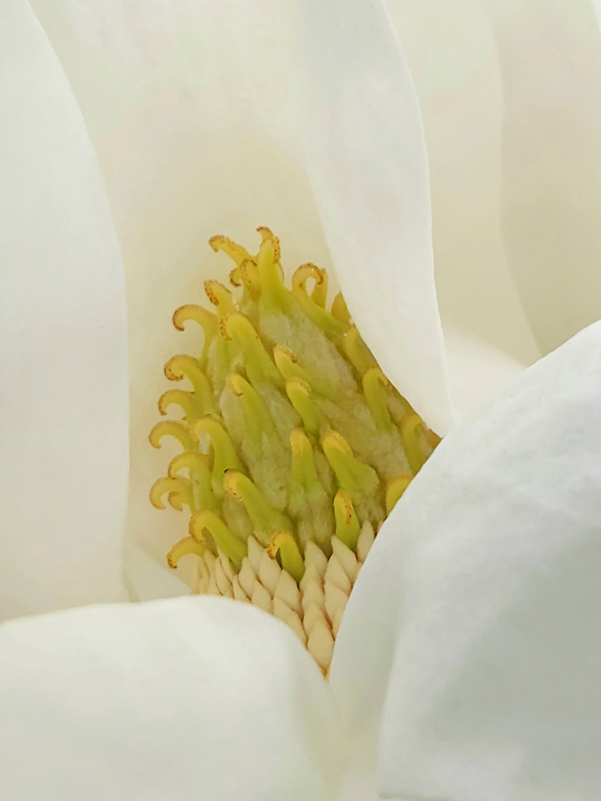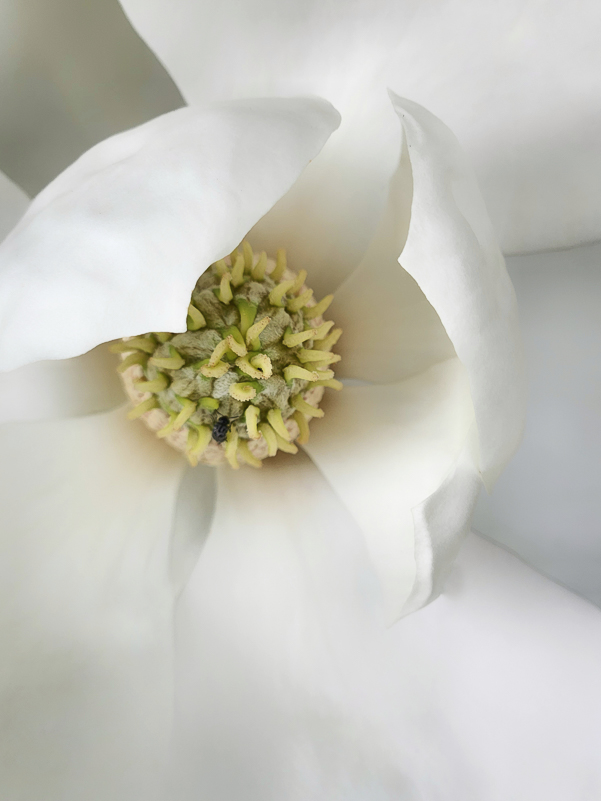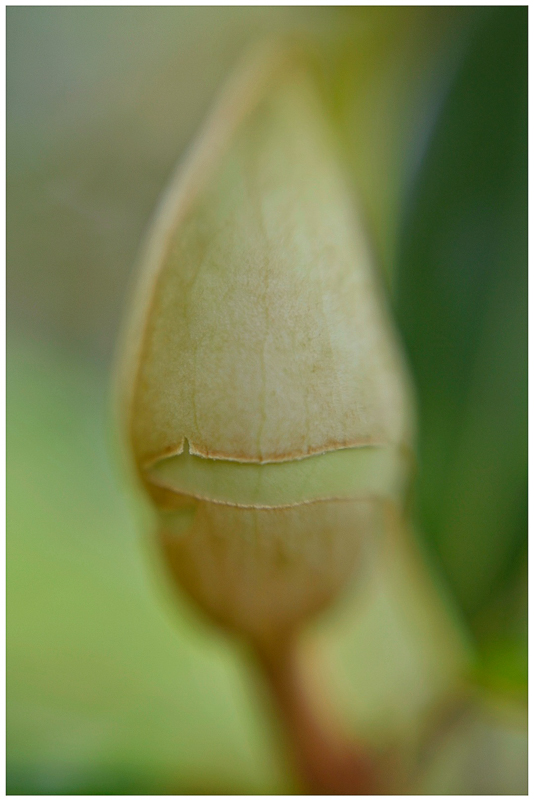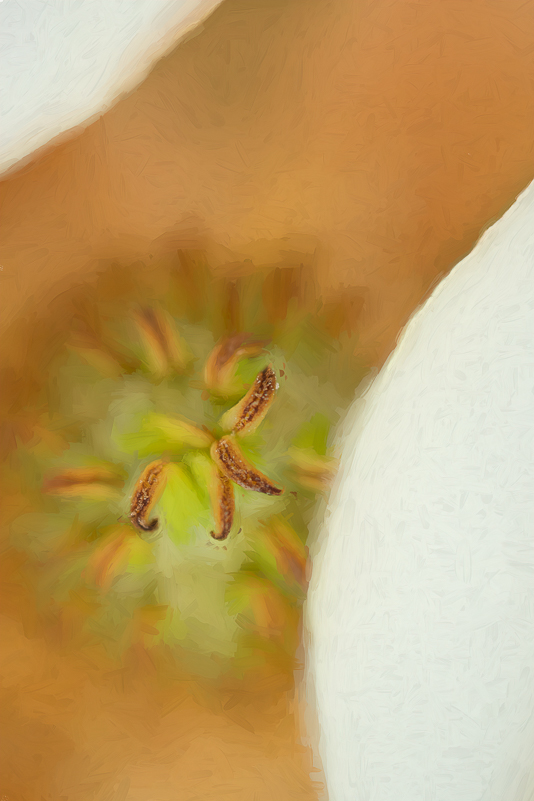Serendipity will take you beyond the currents of what is familiar. Invite it. Watch for it. Allow it.
― Jeanne McElvaney
SERENDIPITY IN A WALK
It’s always interesting to see how some things come about. Serendipity is defined as “luck that takes the form of finding valuable or pleasant things that are not looked for” (happy accidents). One article I read gave four ways to recognize serendipity as: 1) Pay close attention to your surroundings; 2) Keep an open mind; 3) Be curious; and, 4) Make connections.
I say all this to acknowledge that my magnolia series is a result of serendipity – one most unexpected and very happy accident. I was not out on the hunt for magnolias to photograph. Instead, I was walking the streets – of my neighborhood. Over the last several months I had started back on a walking routine. I do what I call a “perimeter walk.” I follow all the curves, cuts and turns of every one of the parking areas in my condo complex. If I do the entire perimeter, I can almost hit 10,000 steps. Usually, I would do the longer stretch in the morning, the way that doesn’t lead to my now favorite magnolia tree.
For the first few months, it wouldn’t have mattered what path or direction I chose. However, where I live in North Carolina, June is the month for Southern Magnolias to bloom. So, on June 6th at 8:34am, I took the first frame of many to follow in my visitations. This tree is quite special as its limbs are filled with potential flowers go all the way to the ground. This gives, and has given me, opportunity for “eye-level and below” image making. I would not have discovered this treasure if I had not started back with my walking. What glorious serendipity!
A LITTLE ABOUT THE SOUTHERN MAGNOLIA
For those of you who may not live in an area where the Southern Magnolia grows, here’s a touch of information about the Magnolia Grandiflora. It can be found in the south from Virginia to Florida and then westward toward Texas. It is a beautiful native tree that grows generally up to 50 feet tall, sometimes taller. The leaves are dark green and shiny. The creamy white flowers are cup-shaped with curving petals in a surround and a conical center.
As for the flowers, they generally open about 9am and close at night for 2-3 days. Then, stamens shed, the flower reopens, turns brown and disintegrates. (If you pay attention, you can easily discern the “newborn” and the fading adult flower.) Generally, the magnolias flower through summer into fall. Source: Wildflower.org Lucky for me, I paid attention to the bloom schedule. After a few visits with closed petals, I figured out that morning shoots would work best for this series if I wanted open flowers.
On a personal note, I observed that the petals are very sensitive and bruise easily. “Perfectly pristine” magnolias require a bit of help and clean-up in post-processing, unless you find one newly opened. However, they don’t mind gentle coaxing to reverse their closing petals. The key is gentle coaxing. And, unless you get to them early in their “bursting,” you will find that they seem to attract insects and dirty particles (possibly from the bugs or just in the air). A blower bulb would be helpful in most instances, unless the petals are damp or wet.
AND THEN WHAT?
Well, I couldn’t let this amazing opportunity pass me by. Thankfully, and for a change, my schedule was a bit more flexible than usual. (Even so, these were small windows of time at the tree for me – far less than I would have liked, but far more than I had expected.) I decided that I would make the most of this time and photograph the tree and blooms, especially, as much as possible while the flowers were accessible and lasted. I gave myself a few parameters to work within, and I gave myself a challenge.
- I could and would make images from any camera (including my phone) and any lens.
- I would NOT cut any of the blooms from the tree to bring home and control the conditions. Any image made of any part of the tree would be done with the tree and flowers intact.
- I would photograph not just the beautiful, but also the browns and broken.
The Challenge: Each time I visited the tree, I would work to create something new and different. I would look for the beauty, the unique, the quirky, and even the not-so-beautiful “uglies.” There certainly was a mix of opportunities, and, the choices from subjects to shoot and lenses to use was a bit overwhelming. (Next year … I’ll be more prepared and more focused. In fact, I already have a plan … to go deep instead of wide.)
The lower magnolia limbs are close to being “done” with their giving. And while I am more than slightly disappointed that my magnolia time is fading, I am thrilled to know that next year holds a promise and a gift (or many gifts) from that tree. I won’t be able to call it a serendipitous discovery, but I will approach it with gratitude for being just one of my “giving trees.”
GIFTS FROM “MY” MAGNOLIA TREE
Since my June 6th discovery, I’ve been paying almost daily visits to my tree, and it has not disappointed. As of this writing and this morning, there are still some days ahead that hold the promise of “low-hanging fruit.” And just because it’s accessible, doesn’t mean the taking is easy. That said, the last count was: 183 phone images, one phone movie (showing wind effects), and 934 frames from my Nikon Z6ii and a variety of lenses (Nikon 28-300mm, Tamron 90mm macro, Lensbaby Velvets 56 and 85, Sweet 50, Sol 45 and macro filters). Perhaps, before this is all over, I will snip one bloom to bring home (if I can reach it) and work those delicious petal curves as a final hurrah. Ironically, we have a magnolia tree right even closer to home, right behind the fence at home. Sadly, those blooms are always notoriously more than ladder high.
Each visit to my tree gave me something different. I, too, came to the tree with something different from the outside (tools) and the inside (frame of mind). As much as I wished I had longer than thirty minutes at a time, it wasn’t so. And, often, go figure, the breezes were blowing just enough to make things “challenging.” I started this mini-journey using my tripod. I really did. But, then (shocker), I just let it go and handheld the rest of my shots. What I realized in this situation was that I kept hitting and moving close limbs and leaves and the flowers, which made getting the shot annoyingly difficult. In some instances, the most appropriate word for how I needed to position myself is“contortion.” The tight quarters even made using my diffuser difficult, so I became the shadow. (I can already hear some voices laughing and cheering about my no-tripod shooting.) Anyone who knows me will tell you that I’m hardcore on a few things – the circular polarizer and the tripod. For this, I had to “let go” (the tripod, that is). I had my polarizer on every lens I could, and even then there were challenges with the super shiny leaves. Needless to say, I have “kept coming back,” and I will until the tree blooms me out . . . until next year. Then, I will be even more ready with my timing and new ideas and techniques.
THE LESSONS
One thing about lessons learned, they stick with you when you undertake the challenge and face difficulties. This experience, challenge, blessing, adventure – whatever you want to call it – gave me multiple lessons.
First, Pay Attention. You really never know what a simple walk with open eyes and mind will yield. Remember, I walk with my phone camera ready to record my “walk finds.” I walk and keep my eyes peeled for interesting things, no expectations. (I will have my eyes on that tree next year.)
Second, Accept the Challenge. Granted, the idea of working the tree where it was versus doing the easier thing (cutting flowers off and bringing them home to photograph) took a bit of extra time and effort. However, it was worth it. I got my walks in and had a new subject to visit every day. I have, as mentioned, clipped not one flower from this tree, so far. (Next year, yes, I will clip a few of the new blooms and take them home for an immersion.)
Third, Be Flexible. Once I decided to “go for it,” I had to accept whatever the tree, the day, the wind and the light gave me. I learned that mornings were best for shooting the new blooms. If I visited in the afternoon, I went in different directions. I adjusted my schedule often, and on some days accepted that my “big-girl camera” would not be taking a spin around the tree. I accepted that my phone camera was “good enough,” and in some instances allowed me to maneuver into angles that were simply not otherwise possible. (Next year, I will bring some clamps to fight the wind, use my tripod much more, and, definitely, allot far more time for each session with my giving tree.)
And, finally, Explore and Learn. This final lesson happens every time I try something different to challenge myself. I did a lot of learning. I now know more than I’ve ever known (so far) about Southern Magnolia trees and flowers (lots more to learn). Because I know more, I can plan even better for next year’s blooming season of my giving tree. Maybe, by then, I will have made better friends with my flash to help me fight against the wind. How those shiny leaves will react will offer up another test. What I know is that I want to know more, learn more and explore more.

